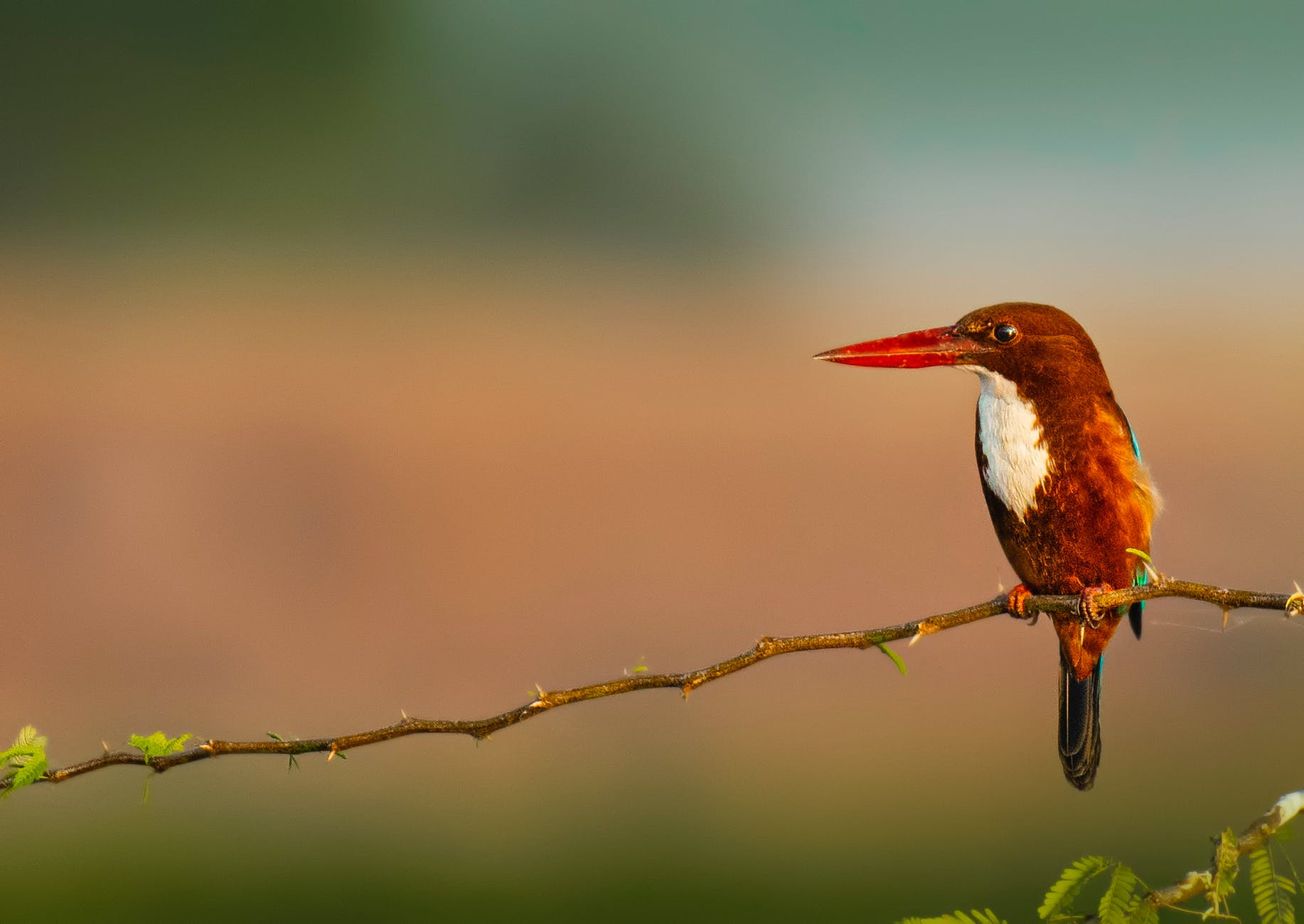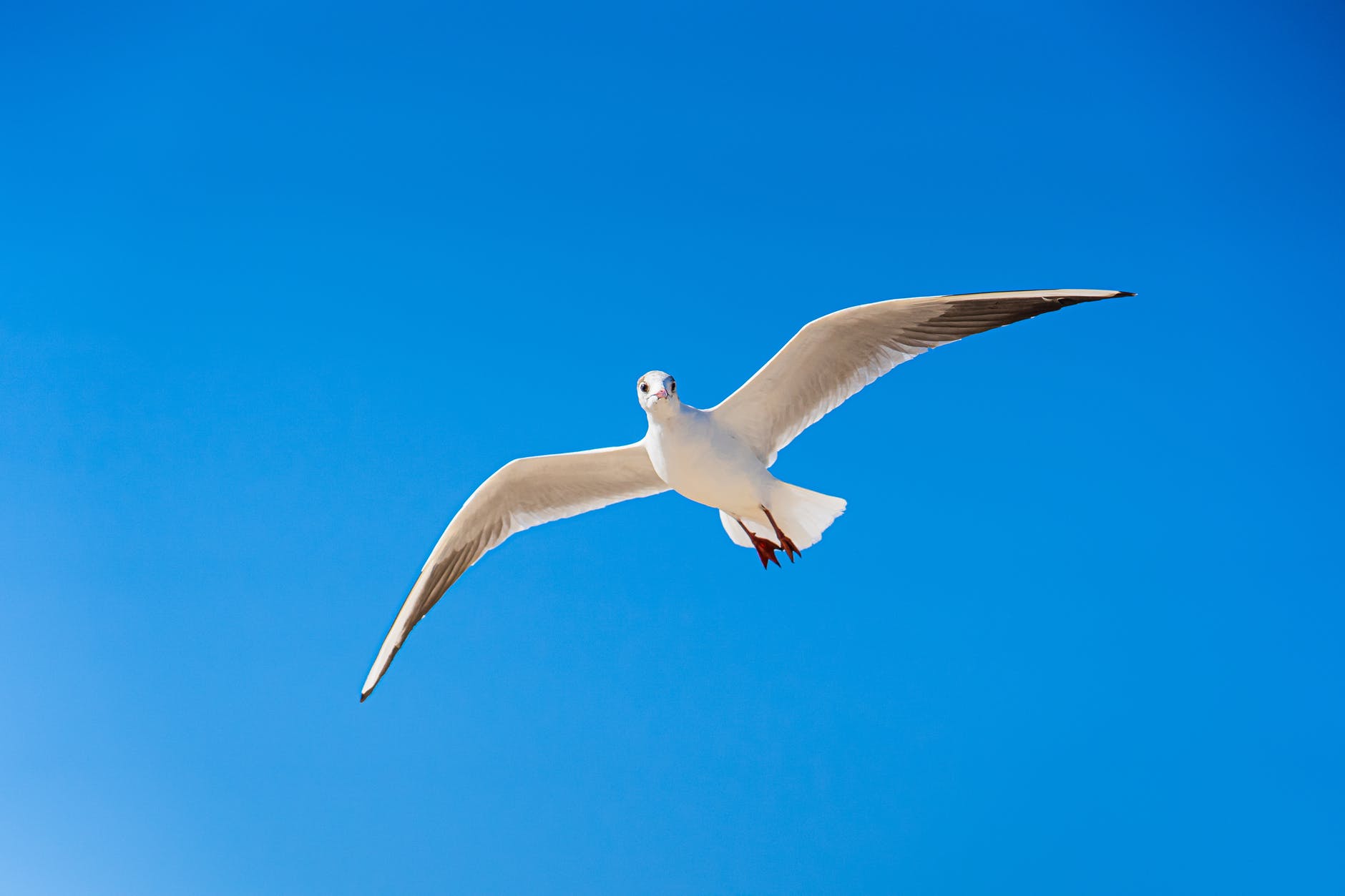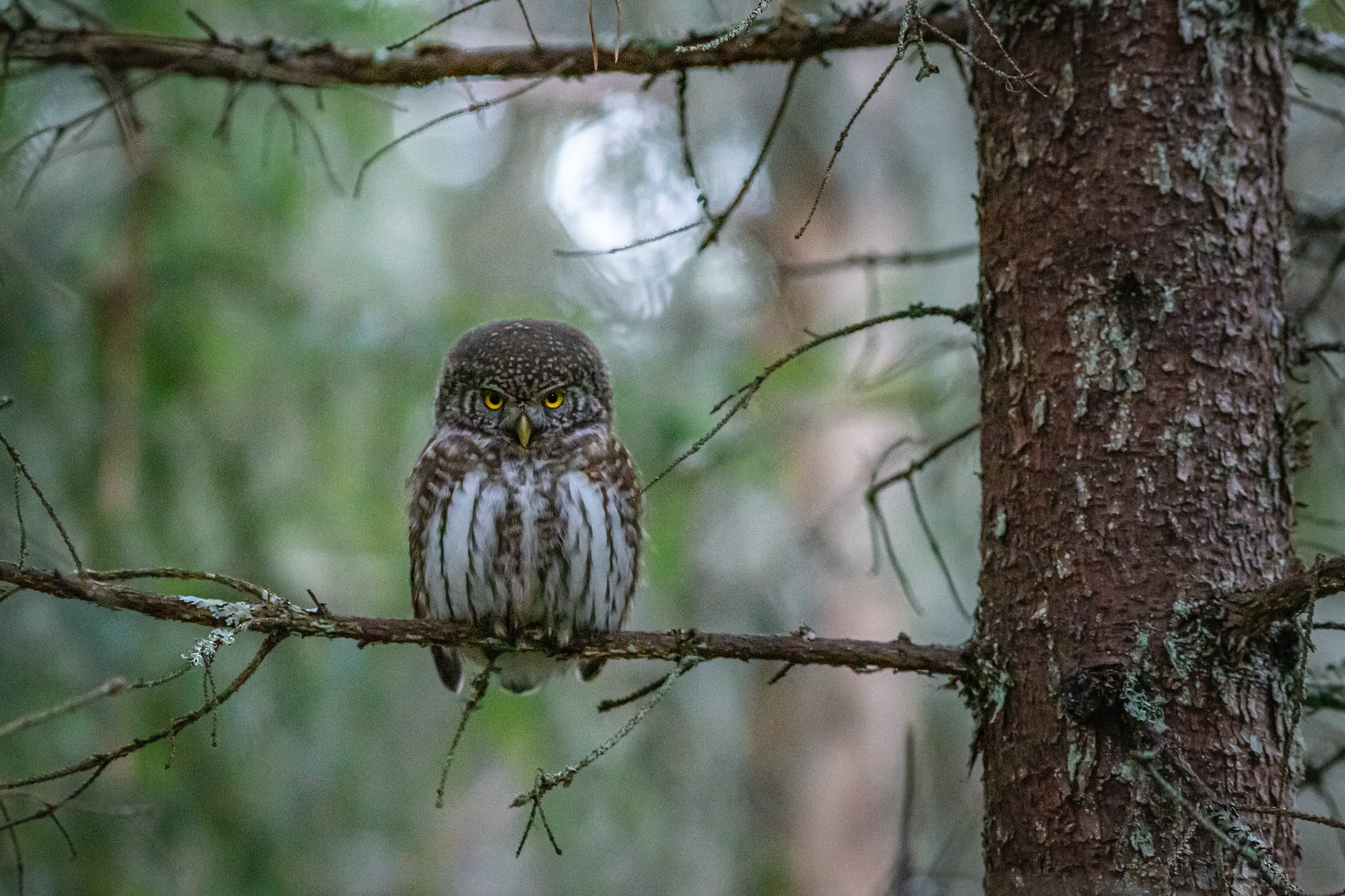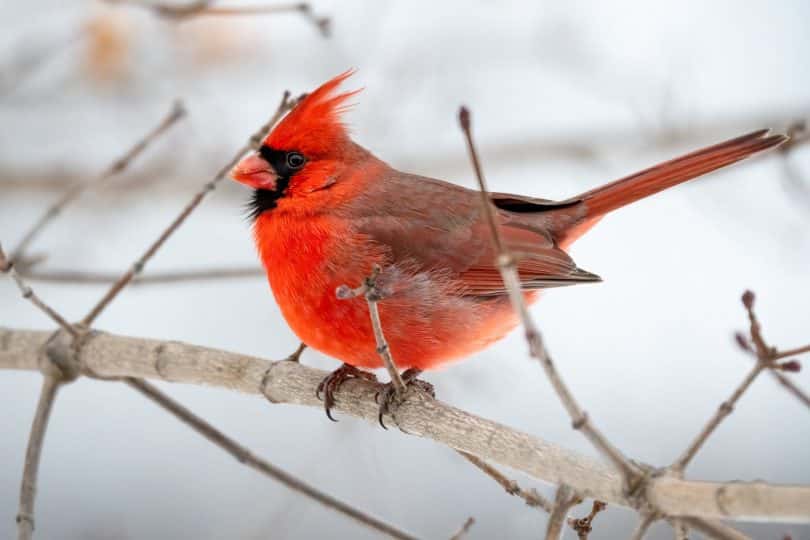If you’re looking for a hobby that is both relaxing and engaging, bird watching may be the perfect choice for you. People of all ages can enjoy this activity with the right bird watching equipment, and it’s a great way to get outdoors and appreciate the beauty of nature. In order to get started, you’ll need some basic equipment. A good pair of binoculars is essential, as well as a bird watching guide and a journal to take notes. Once you have your supplies, find a comfortable spot outside and start observing. You may be surprised by the variety of birds you see in your own backyard.
If you’re interested in bird watching but don’t know where to start, plenty of resources are available online and in libraries. Once you get started, you can also join a local bird watching club or attend special events like bird counts. Bird watching is a great way to connect with nature, and you might even make some new friends along the way! So, what are you waiting for? Grab your binoculars and go explore the wonderful world of birds.
Not sure how to make bird watching a calming experience? We hear you. This quick bird watching guide glances at the important tools you need to start this hobby and a few tips to make it better.

Steps to Enjoy Birdwatching Everywhere You Go
Birdwatching is an exciting hobby that keeps you engaged and attentive. It also has a lot of physical and mental benefits. For instance, birdwatching can:
- Help relieve stress
- Lower your blood pressure
- Improve your vision
- Help you admire the natural beauty
- It doesn’t take much effort and time
- It is ideal for lazy days
Step 1: Gather the Essentials
You don’t need much to get started with bird watching, and that’s the best part of this hobby. You can find all bird watching equipment easily without spending big bucks. Once you have your supplies ready, you can start bird watching anywhere.
Here’s the bird watching equipment you’ll need to start birding:
The main part of bird watching equipment is a pair of binoculars because they allow you to see the birds up close without disturbing them. You can find a variety of binoculars online or at your local sporting goods store. You’ll need waterproof and good-quality binoculars for bird watching because they help you see the birds more clearly. If you’re just starting out, we recommend getting a pair that is relatively inexpensive but still good quality. Waterproof and high-definition binoculars are great for bird watching because this hobby often extends to hours. If your favorite birding spot is a nearby park or another outdoor place, waterproof binoculars will work better.
A bird watching guide is essential for beginners because it can help you identify the different types of birds you see. We recommend choosing a regional guide so that you can easily identify the birds in your area and understand their movement patterns better. A bird watching guide will also include information on where to find the best bird watching spots, what time of year is best for spotting certain types of birds, and what kinds of food and shelter they need. A guidebook will educate you about local bird species, their patterns, and behaviors. This is an essential tool for bird watching, especially if you’re a beginner. You can find one at your local bookstore or online.
Keeping a journal is a great way to track your bird watching progress and reflect on your experiences. We recommend using a notebook or even just a piece of paper to jot down your thoughts and take notes for the future. While a birding guidebook is great for general information, a journal is helpful in taking specific notes about the birds you see. You can include the date, time, location, and anything else you want to remember about your sighting. If you’re feeling extra creative, you can even sketch the bird (although that won’t be happening).
A Tripod or Mount
Sure, holding is no big deal, but if you have heavy binoculars with wide lenses, you’ll need a tripod for them. Also, this stand will help you take pictures more comfortably and with better clarity. It’s better to get an all-in-one bird watching equipment set that includes binoculars, a phone adapter, and a tripod so that you don’t miss anything. Make sure the tripod is sturdy and stable enough to help you enjoy good views. Since shaking and wobbling can ruin the entire experience, investing in good bird watching equipment is better than skimping at this point.
Now that you know what birding is and the bird watching equipment you need to get started, it’s time to learn how to make this hobby work for you. After all, bird watching should be a fun and relaxing experience.

Step 2: Find a comfortable spot
Choose a place to sit or stand that gives you a good view of the area around you. You should also feel comfortable in your position so that you can stay still for long periods. Secluded and natural places are better than cities and crowded spots where birds hardly get any shelter and food. Here are some bird watching options:
- Your backyard
- A nearby park
- The beach
- A nature reserve
Start slow: Don’t feel like you have to identify every bird you see right away. Instead, take your time and enjoy observing the birds in their natural habitat.
Step 3: Set your Bird watching Equipment
After studying your bird watching guide and picking a spot, take your binoculars, tripod stand, and go. Adjust your tripod in a peaceful area, mount the binoculars, and fix their focus on your preferred spot. You might need some practice to adjust the binoculars’ focus and light settings, but doing it is easy.

Step 4: Observe the Chirpers
When your bird watching equipment is all set, relax and observe the birds near you. You’ll love their color patterns, movement, sounds, and behaviors. So, understand that birding needs some time and dedication. It’s better if you dedicate your free time to this hobby.
Step 5: Click Some Awesome Shots
Resisting beautiful and lively birds is tough, so taking your camera/phone along is always good. When you spot a stunning sight of these beauties, set your camera in the binoculars’ eyecup, and you’re good. Raw and vibrant clicks are always amazing, don’t miss out. If you need help photographing birds, here is how to get started with photography for beginners.
Step 6: Keep a Journal
Recording what you see is a great way to track your progress and reflect on your bird watching experiences. You can also use your journal to sketch the birds or note pointers for the future. This journal can also help other birders if you join a community where everyone shares this same passion.
Step 7: Join a Club to Share your Passion
Connecting with other bird enthusiasts is a great way to learn more about bird watching and find new spots to explore. Bird watching is a great activity to enjoy alone or with family and friends. Be sure to share your new hobby with others!
Summing Up
Now that you have everything you need, it’s time to start bird watching. We hope you enjoy this new hobby. When you’re in a peaceful outdoor spot, you can focus on little things more and admire the charm they bring to the environment.
If you’re new to bird watching, here are a few tips to get you started:
– Look for birds in their natural habitats, such as trees, forests, or meadows.
– Use binoculars to get a better view of the birds.
– Be patient and quiet when observing birds to not scare them away.
With a little practice, you’ll be able to identify all sorts of different birds. Soon enough, you’ll be an expert birdwatcher. Remember to take your time, be patient, and have fun. What are some of your favorite bird watching spots? Let us know in the comments below.
Happy bird watching! And if you’re interested in our original post on bird watching, there’s plenty of great information there as well!







